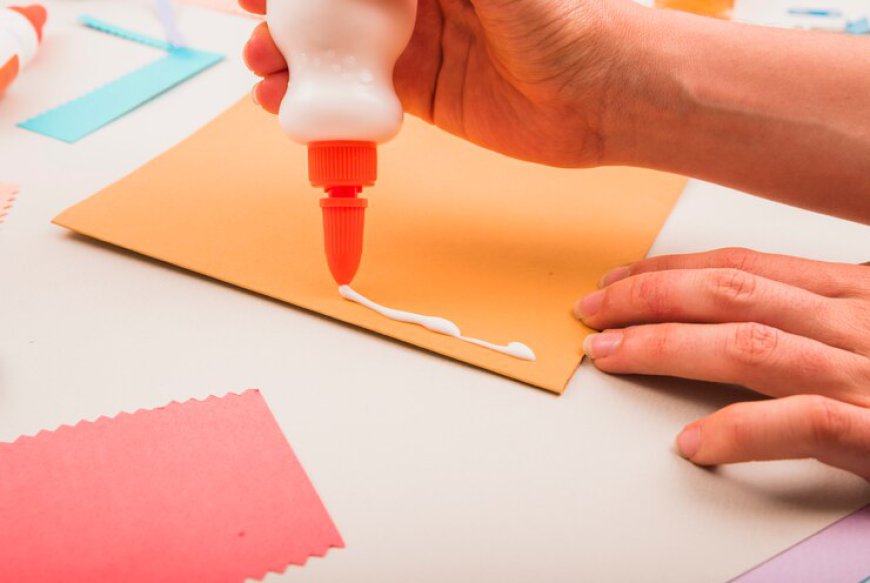How Gap Fillers Can Save Your Walls and Sanding Paper Can Refine Them
Gap fillers and sanding paper are tools you will have to work with to address the cosmetic and overall fitness of your walls.

Are you annoyed by unsightly cracks and blemishes that rub ill against your otherwise beautiful walls? Then, look no further than gap fillers and sanding paper to revivify your living spaces. These are some of the tools you need to give your walls a makeover from shabby to chic and then have a smooth, polished finish shine within the home.
This is a comprehensive guide to showing how gap fillers can save your walls from unsightly blemishes and how sanding paper can perfect them to perfection.
The Power of Gap Filling
Gap fillers have stood as the unsung heroes in wall repair and maintenance. These versatile products come in different forms, which include:
-
Caulk
-
Spackle
-
Wood filler
-
Epoxy-based fillers
Each type of gap filler is designed to fill different kinds of imperfections on your walls, giving you an efficient means of dealing with a variety of imperfections. From hairline cracks in the walls to bigger gaps between the baseboards and the wall, gap fillers offer a quick and efficient solution to several common problems found in the walls.
Selecting the Right Gap Filler
Choosing the right gap filler for the job can make all the difference in the outcome of your project. When choosing among them, consider the following:
1. Surface: Fillers apply differently to drywall, wood, and concrete.
2. Gap size: Fillers for a tiny gap are different from those for a bigger gap or hole.
3. Flexibility: Fillers can remain flexible after they dry and would be perfect for places that will shift.
4. Drying time: Fast-drying fillers work well for little touch-up jobs, but larger jobs require slower-drying fillers, so you have more working time.
5. Paintability: Select a filler that will be acceptable to paint over if you want to get it the same colour as your wall.
Having considered these factors, you will be able to choose the best gap filler for your work so that the spotty job lasts long.
Gap Filler Application Techniques
A gap filler applied correctly is the mark of a professional finish. Here's how to do it right:
-
Dust, dirt, and loose debris are removed from the area.
-
Gap filler is applied on the surface using a putty knife or caulking gun when needed.
-
The fill area is smoothed using a dampened finger or a special tool for an even surface.
-
The filled area is lightly sanded so it blends in with the surrounding wall.
With these techniques, you are now able to confidently overcome the toughest imperfections on a wall.
Sanding Paper: Your Key to Smoothing Out Walls
Now that your filler is dry, it's time to sand. It's a very important tool in refining your walls. Now they are ready for a paint or other finish coat. Sanding paper comes in many different grits, each with its own special purpose in the refinement process.
Sanding Techniques for Smoothing Walls
To get the best results in sanding paper, take the following tips from experts:
-
Adopt a coarser grit size and more significant sanding grit when you want a very smooth finish.
-
Use a sanding block or pole sander on large areas for better distribution of pressure.
-
Keep the action in a circular motion while sanding so that no lines or patterns are left.
-
Check frequently by passing your hand over the sanded area.
-
Clean the surface between grits to remove dust and debris for the best effect.
Practising these techniques will enable you to transform your cobbled and bumpy walls into very silky smooth ones with ease.
Gap Filling or Sanding Paper: The Greatest Pair That Got Along
It is a winning combination, truly, for gap fillers and sanding paper work together powerfully to renew or refine the walls. For gaps, fillers would first create the base to fill imperfections, level the surface, and so forth, while from that point, the sanding paper takes off to smoothen it out and blends with the wall worked on without leaving any evident roughest of filled marks in the area.
This dynamic duo helps you master any sort of wall condition, minor nail holes or major damage. Gap fillers will start to address the original problem while sanding paper will perfect the finish, so you can achieve professional-quality results without having to break the bank on renovations or replacements.
The Bottom Line
Gap fillers and sanding paper are tools you will have to work with to address the cosmetic and overall fitness of your walls. Don't forget to consider the Wood Care Products, which will complement your schedule of wall maintenance and also protect other surfaces in the house. You will be able to address any imperfection in the walls, making sure your house always appears to be its absolute best.
